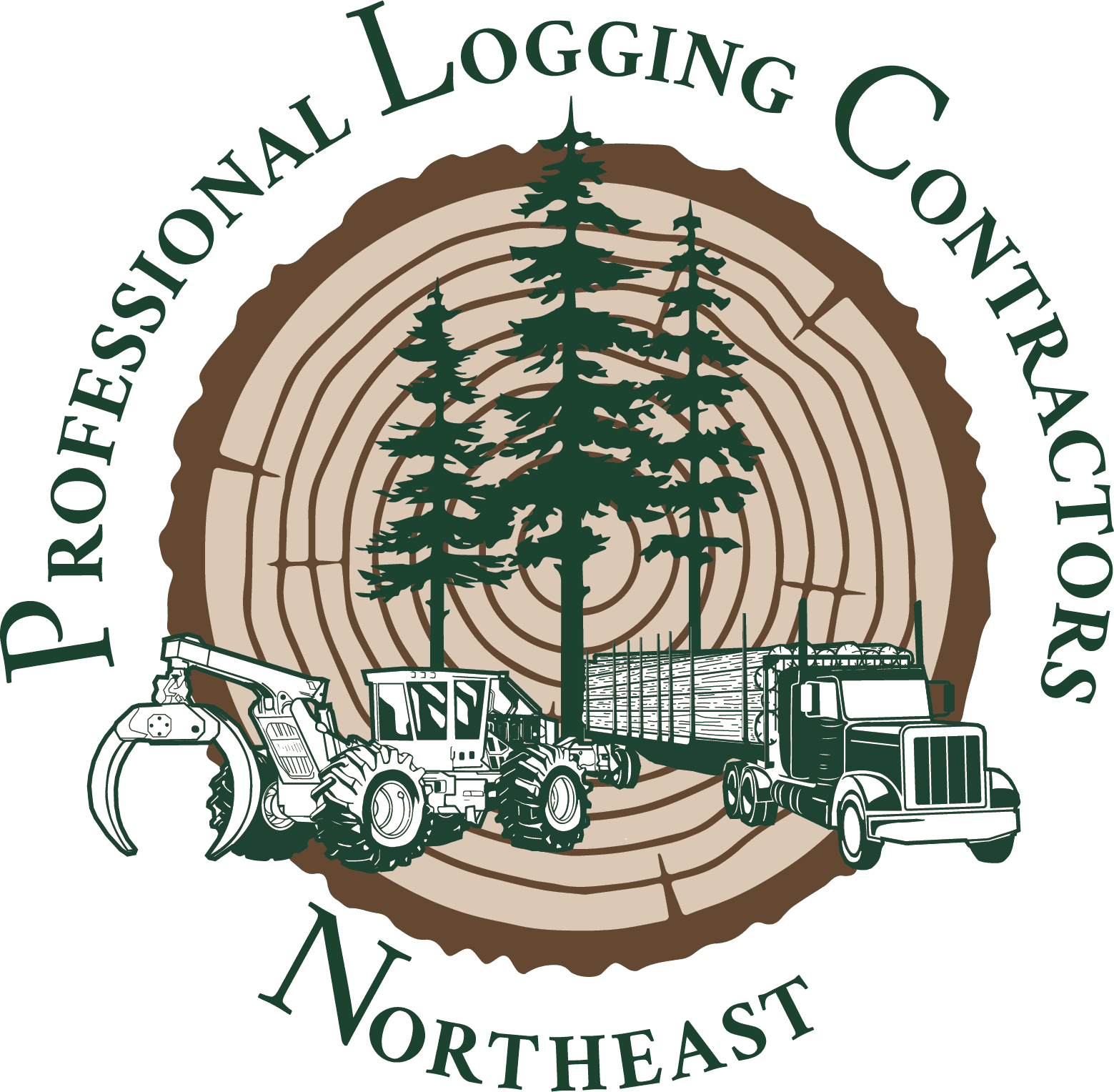How can PLC Members Go Green for Safety?

Evaluating risk is the first step in preventing accidents in the workplace. As we review safety issues in this newsletter, we will consistently talk about “Going Green” in regards to safety. What does this mean? Very simply, we classify potential safety risks in the workplace using a three-color system.
• Red is used to classify tasks that are dangerous or clear hazards present in the workplace.
• Yellow is used to classify tasks that could be dangerous or potential hazards present in the workplace.
• Green is used to classify tasks and potential hazards in the workplace where risk is low or eliminated thanks to measures including Personal Protective Equipment (PPE) being used and readily available; employees being made aware of and able to communicate about hazards, PPE requirements, first aid measures, storage requirements and handling procedures; or where annual training on preventing injury is being completed.
The goal with going GREEN is to get all tasks and potential hazards to GREEN and to have a system for recognizing tasks and elements in the workplace that are clearly hazards – RED, or potentially hazardous and in need of improvement – YELLOW.
PLC Safety Newsletter
PREVENTATIVE MEASURES
Jan. 26, 2018
By Miranda Gowell, PLC Safety Coordinator
How Do PLC Members Go Green to Effectively Control and Prevent Hazards?
What does “go green” mean when it comes to hazard prevention and control? Effective controls protect workers from workplace hazards, help avoid injuries, illnesses, and incidents; minimize or eliminate safety and health risks; and help employers provide workers with safe and healthful working conditions.
First things first – involve your workers, they have the best knowledge of the conditions that create hazards, and they may also have ideas on how they can be controlled.
 Second, you can use something called the “hierarchy of controls.” This involves asking: Can I physically remove the hazard? (Elimination); Can I replace the hazard with something safer? (Substitution); Can I isolate my employees from the hazard? (Engineer Controls); Can I change the way people work? (Administrative Control); Can I protect the worker from the hazard by having them wear Personal Protective Equipment (PPE)? Can I use a combination of control options when no single method fully protects workers?
Second, you can use something called the “hierarchy of controls.” This involves asking: Can I physically remove the hazard? (Elimination); Can I replace the hazard with something safer? (Substitution); Can I isolate my employees from the hazard? (Engineer Controls); Can I change the way people work? (Administrative Control); Can I protect the worker from the hazard by having them wear Personal Protective Equipment (PPE)? Can I use a combination of control options when no single method fully protects workers?
Here is an example: Cold Stress Control, PPE and employee rotation: How can you accomplish it? First, eliminate or control all serious hazards immediately. Use interim controls while you develop long-term solutions. Try controls starting with Elimination and work through to PPE. Double check the controls with the question, “what new hazards may I be introducing with this control?” and avoid selecting controls that may be introducing new hazards. Triple-check the controls with the employees to ensure they are both feasible and effective. One other item to consider is whether the controls protect workers during nonroutine tasks and emergencies.
OK, now it is time to introduce the controls selected into the work environment. The way to accomplish this is to start with those that address the biggest hazards first. Don’t wait, promptly address issues that can be easy and inexpensive to fix. One example that comes quickly to mind is a housekeeping issue: Oily rags are being left all over the maintenance shop. An employee solution to this potential hazard could be supplying a metal trash can and labeling it for oily rags only, (What would this control be in the hierarchy of controls? What other controls would you need to implement a control for this hazard?).
Lastly, but importantly, you need to confirm that the controls are effective. Did the controls get implemented? Have the controls been properly implemented? Are the controls being used easily? Are the policies being followed everywhere this hazard exists in the workplace?
Has your company had a near miss, injury, or accident?
Submit accident investigation details as well as preventative measures to:
Miranda Gowell, PLC Safety Coordinator at safety@maineloggers.com or (207) 841-0250
